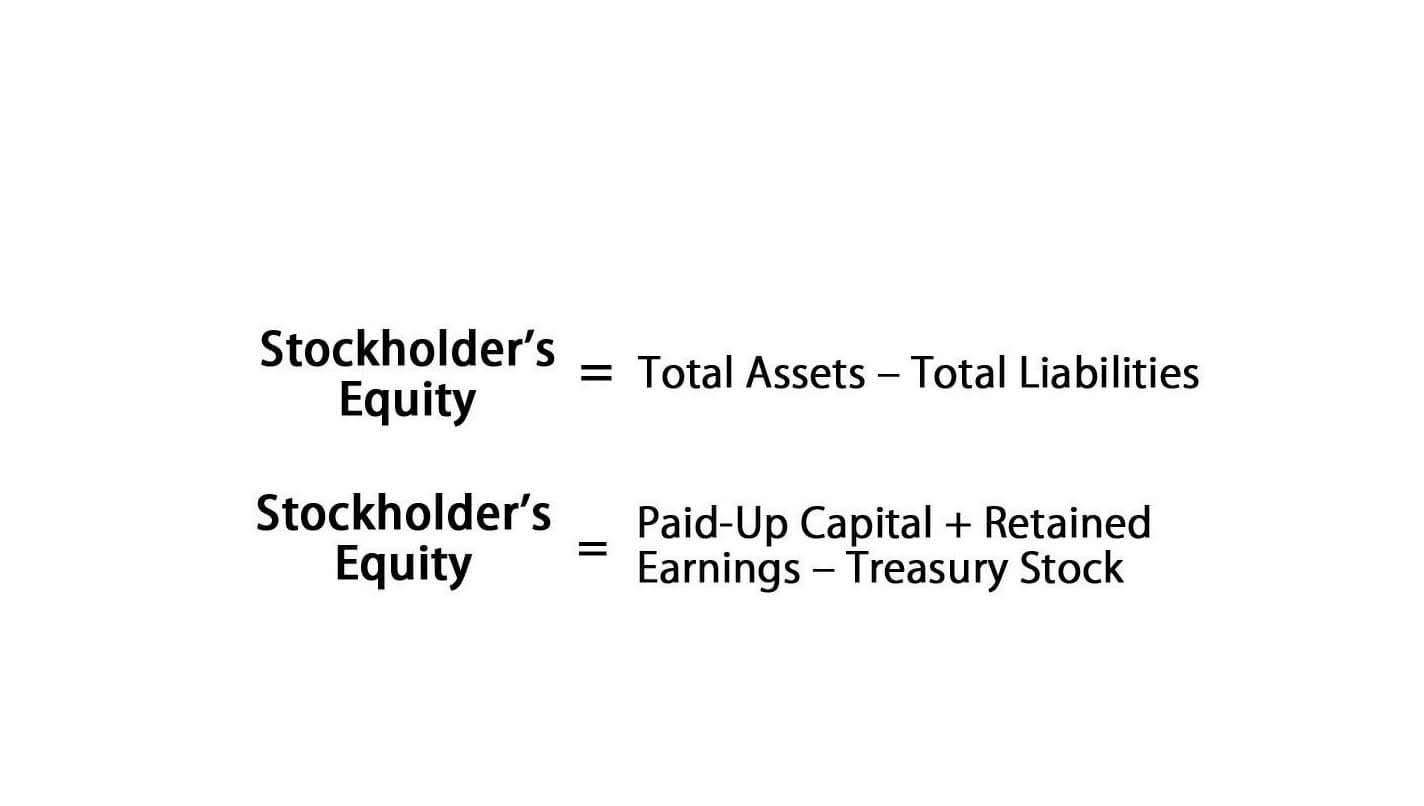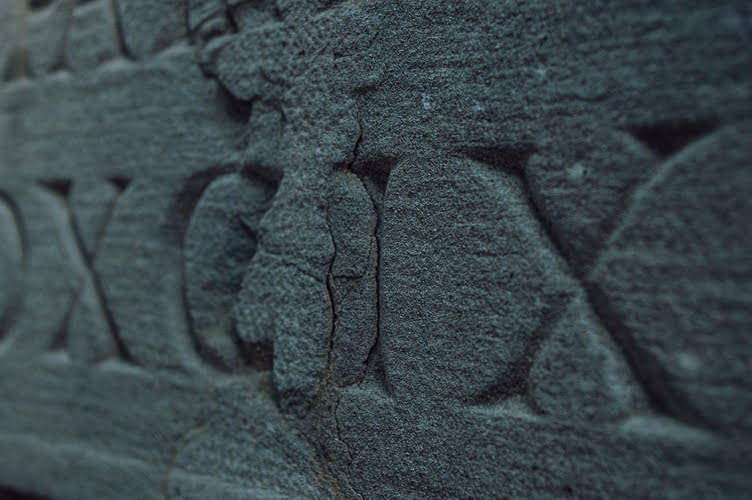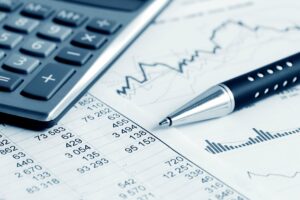
By understanding all of the actual costs required to deliver your products or services, you know exactly where you stand financially so you can be confident in your pricing and profit generation. At this point, Hannah’s company needs to precisely track the material cost and labor costs that are needed to make a batch of shirts. Though the overhead allocation https://www.bookstime.com/ process is the same, the types of overhead costs differ from one company to the next.

Example of Process Cost Accounting
Process costing is a system best suited to mass production environments where the products are similar and require similar manufacturing processes. This means that the system may not be suitable for companies that produce custom or unique products, where the manufacturing process may vary significantly from one product to another. This information is critical for manufacturers to determine their pricing strategy, ensuring that they are not selling their products at a loss. By knowing the exact cost of production, manufacturers can also identify areas where they can reduce costs and increase profitability.
- On the other hand, if the process is more straightforward, the standard cost method may be sufficient.
- We saved more than $1 million on our spend in the first year and just recently identified an opportunity to save about $10,000 every month on recurring expenses with PLANERGY.
- The first AACE guideline of any kind was developed by the Estimating Methods Committee in 1958 1.
- The process costing method can be applied to various manufacturing scenarios to help companies make informed business decisions.
- Costing is generally used in such industries such as petroleum, coal mining, chemicals, textiles, paper, plastic, glass, food, banks, courier, cement, and soap.
3: Product Cost Flows in a Process Costing System
- For example, General Mills uses process costing for its cereal, pasta, baking products, and pet foods.
- Process costing is appropriate for companies that produce a continuous mass of like units through series of operations or process.
- Industries such as cement, soaps, steel, paper, chemicals, medicines, vegetable oils, rubber, etc., use this method to assign the costs.
- Process costing enables manufacturers to allocate costs across production to determine the cost per output unit.
- Process costing is a system best suited to mass production environments where the products are similar and require similar manufacturing processes.
Process costing is like an invisible thread that connects the various departments of a manufacturing plant, adjusting entries weaving together the costs of raw materials, labor, and overheads to create a seamless tapestry of production costs. Manufacturing companies use a cost accounting technique to track and allocate the costs of producing a product or service. Costing is an important process that many companies engage in to keep track of where their money is being spent in the production and distribution processes. It is very important that a company chooses the appropriate type of costing system for their product type and industry. One type of costing system that is used in certain industries is process costing that varies from other types of costing (such as job costing) in some ways.

Flow of Costs (Process Costing)
17R is followed by a series of �As Applied In�� RPs that add specific, detailed Estimate Input Checklist and Maturity Matrix tables for various industries. The purpose of this guide is to address the difficulty in locating the appropriate RP(s) for one�s project situation or concern. This document is not intended to provide process cost system a guideline for any specific practice; only to guide one to other RPs with that purpose. Manufacturing companies can use software and other tools to track and manage data, streamline processes, and provide real-time reporting.

This includes direct costs, such as the cost of raw materials and labor, and indirect costs, such as overhead expenses. This involves evaluating the cost flow of materials from the beginning of the production process to the end. This analysis helps determine each product’s cost, including raw materials, labor, and overhead costs. Examples of companies that use process costing methods would include processed food companies that make millions of identical packages of edibles and oil companies that produce millions of gallons of fuel.

Weighted average costs method

Process costing is suitable for industries like paint, oil refining, rubber, chemicals, sugar, paper, soap-making, textiles, etc. This method is also employed where it is not possible to ascertain the prime cost of a specific order. When ABC Clothing starts production on a particular batch of shirts, costs are tracked in the work-in-progress account. Staff time cards can be used to track labor costs until they are assigned to production. ABC Clothing then assigns overhead to each product and the process of allocating overhead is the same as in job costing.